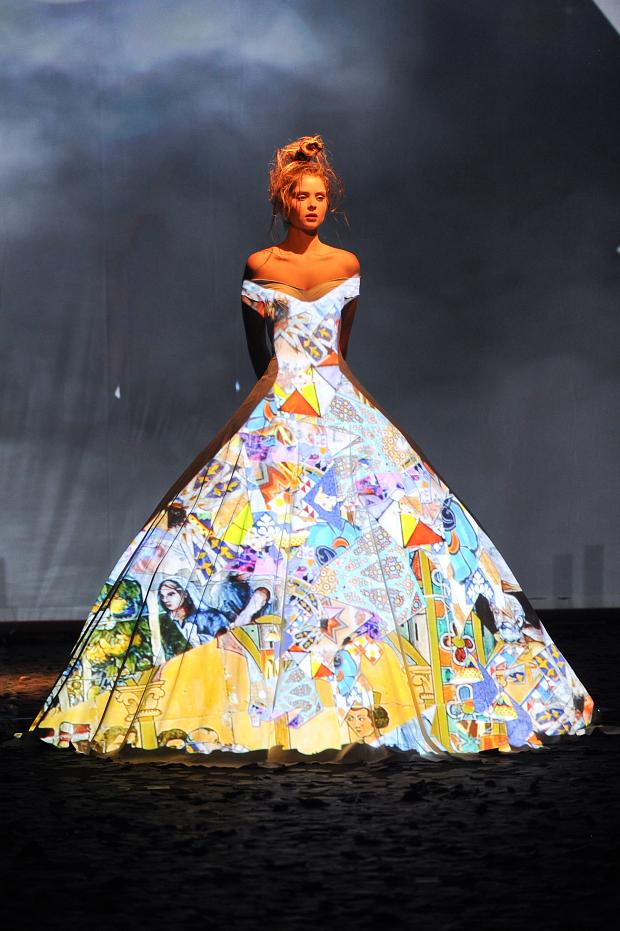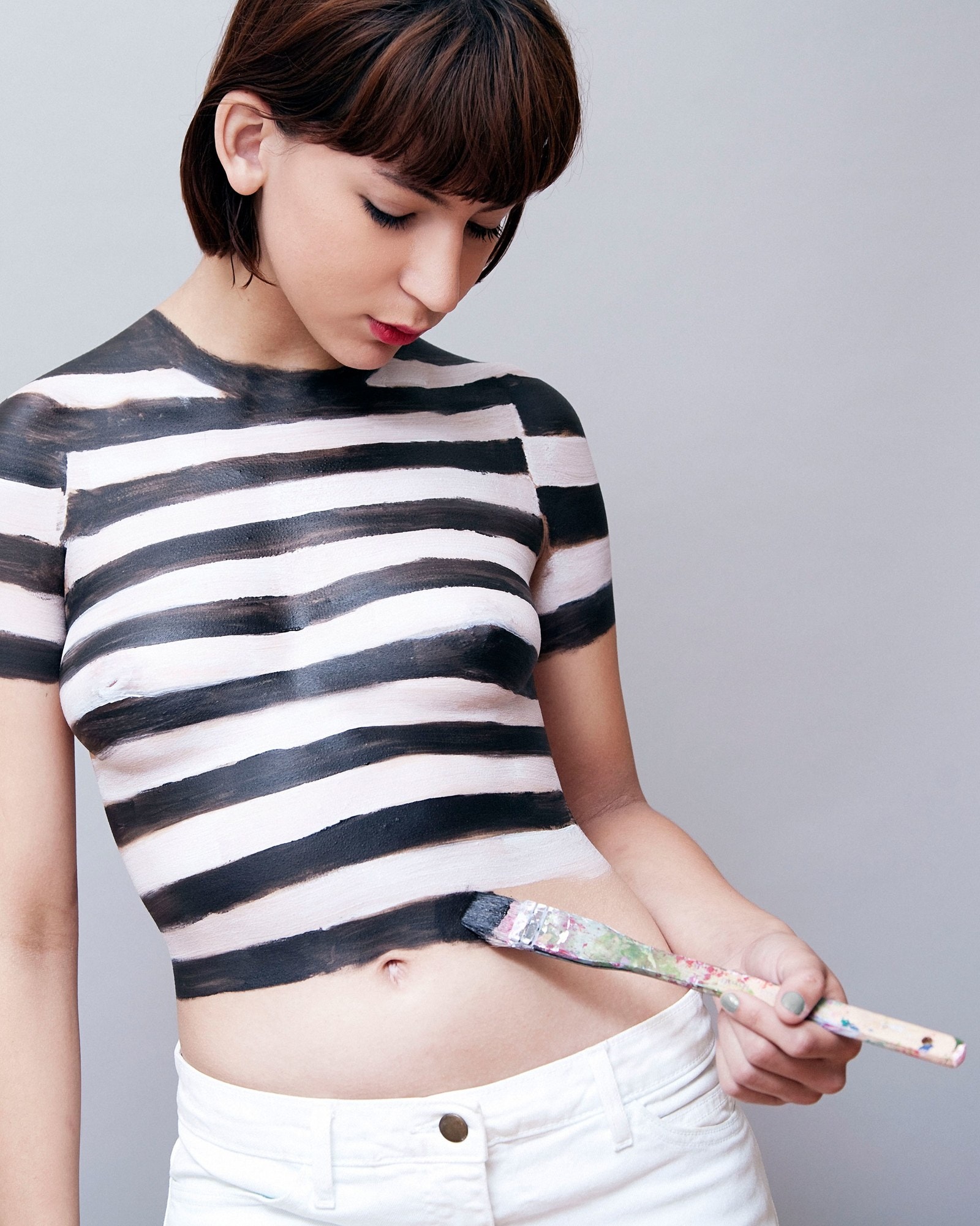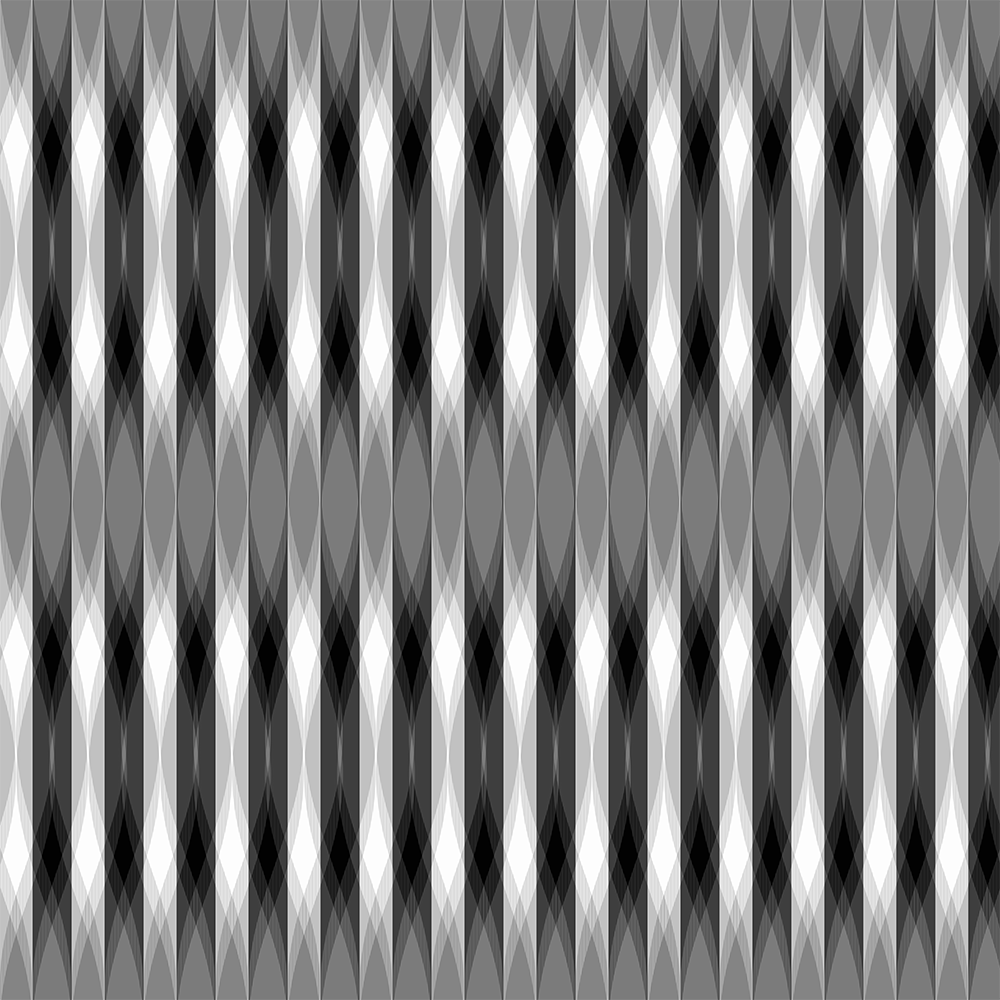
MARC FORNES
Sotto Magnitude
Questo progetto è l’ultimo passo nello sviluppo dopo l’invenzione di Marc Fornes su “Computational Mesh Walking as Structural Stripes”. È anche la più grande fino ad oggi come struttura permanente […] Questo progetto sta sfidando l’eredità di Frei Otto (architetto tedesco e ingegnere strutturale) mediante l’uso e lo sviluppo di ciò che definiamo Curvatura Intensiva (in opposizione alla Curvatura Estesa).
.
Under Magnitude
This project is the last step in development after Marc Fornes’s invention of “Computational Mesh Walking as Structural Stripes“. It is also the largest to date as a permanent structure […] This project is challenging the legacy of Frei Otto (German architect and structural engineer) by using and developing what we call Intensive Curvature (as opposed to Extended Curvature ).










